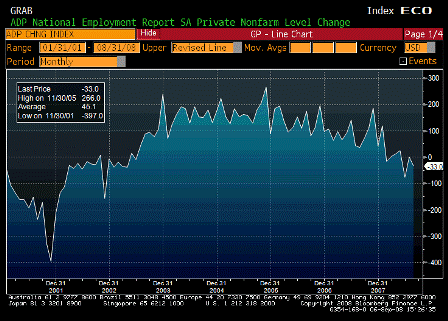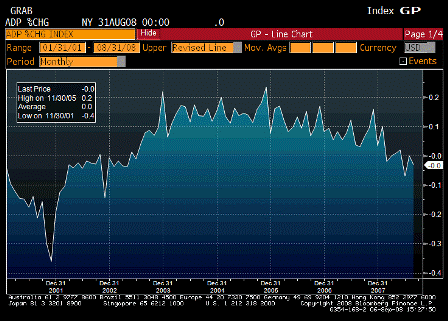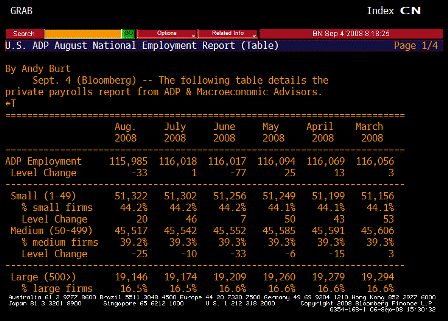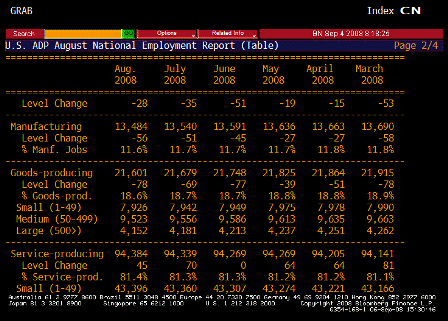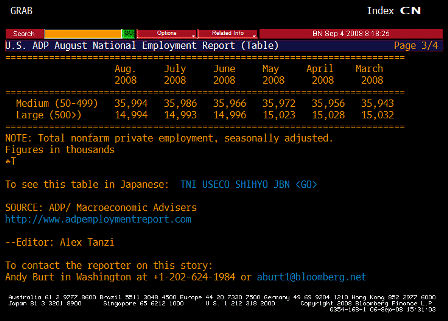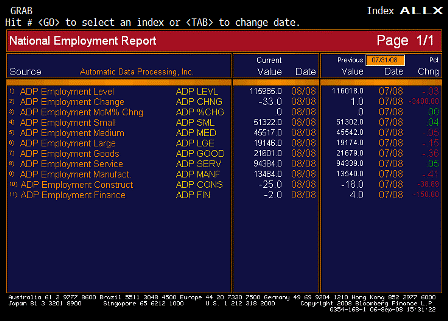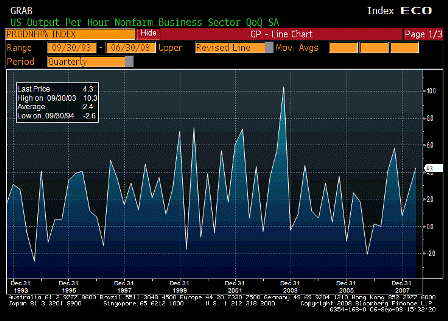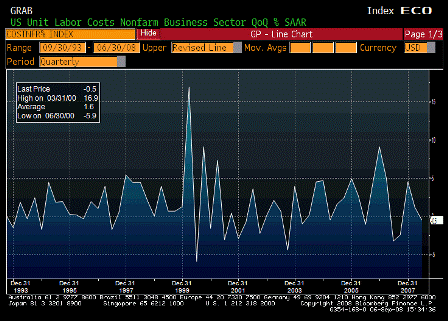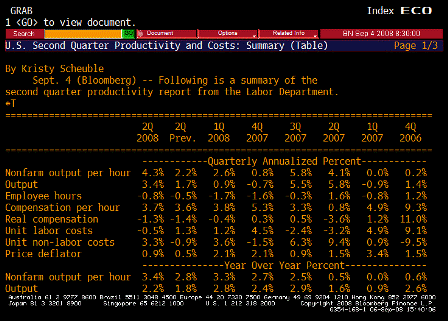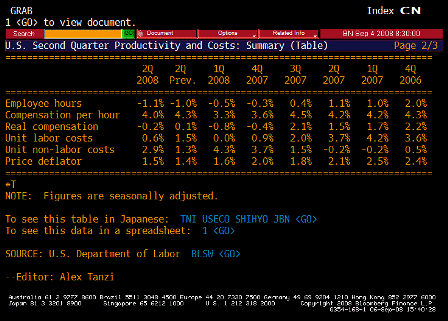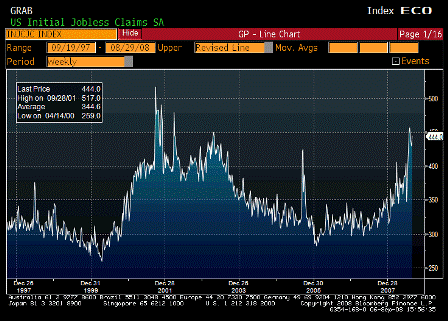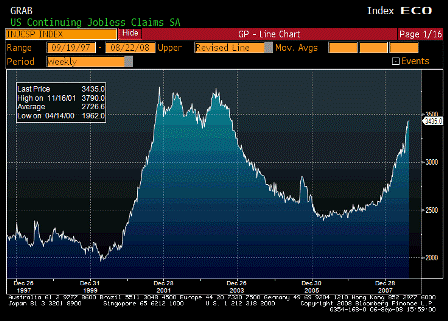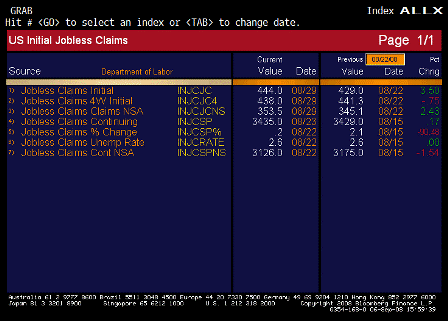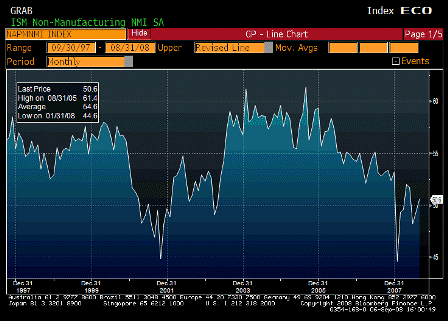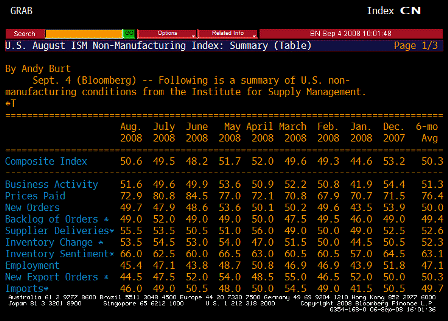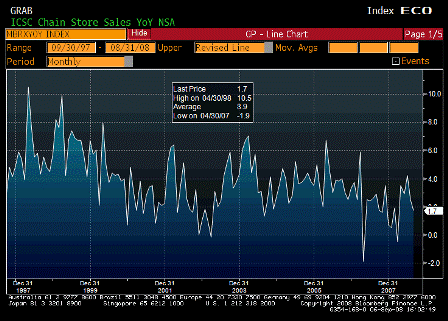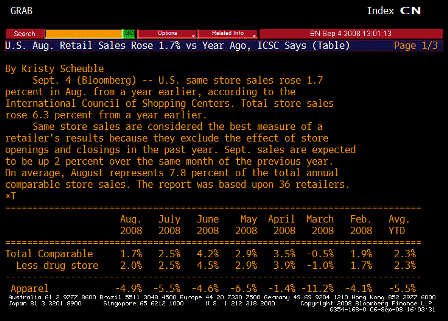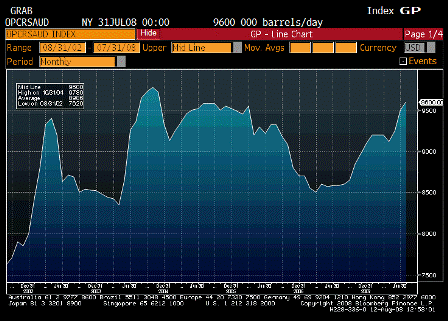The Saudis will ‘meet demand’ but at their price. So the question remains as to what their price is. With their production (to meet demand) nearing their max capacity, seems they want higher prices to try to cool demand so as not to lose control of price on the upside.
But we can only guess!!!
The death of OPEC
by Douglas McIntyre
Saudi Arabia walked out on OPEC yesterday. It said it would not honor the cartel’s production cut. It was tired of rants from Hugo Chavez of Venezuela and the well-dressed oil minister from Iran.
As the world’s largest crude exporter, the kingdom in the desert took its ball and went home.
As the Saudis left the building the message was shockingly clear. According to The New York Times, “Saudi Arabia will meet the market’s demand,” a senior OPEC delegate said. “We will see what the market requires and we will not leave a customer without oil.”
OPEC will still have lavish meetings and a nifty headquarters in Vienna, Austria, but the Saudis have made certain the the organization has lost its teeth. Even though the cartel argued that the sudden drop in crude as due to “over-supply”, OPEC’s most powerful member knows that the drop may only be temporary. Cold weather later this year could put pressure on prices. So could a decision by Russia that it wants to “punish” the US and EU for a time. That political battle is only at its beginning.
The downward pressure on oil got a second hand. Brazil has confirmed another huge oil deposit to add to one it discovered off-shore earlier this year. The first field uncovered by Petrobras has the promise of being one of the largest in the world. That breadth of that deposit has now expanded.
OPEC needs that Saudis to have any credibility in terms of pricing, supply, and the ongoing success of its bully pulpit. By failing to keep its most critical member it forfeits its leverage.
OPEC has made no announcement to the effect that it is dissolving, but the process is already over
Top Stocks blogger Douglas A. McIntyre is an editor at 24/7 Wall St.
[top]

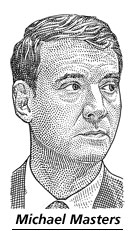 Several Democratic senators intend to use the findings to bolster an energy bill, which includes measures to scale back how institutions can invest in index funds that track commodities markets. These institutions now hold $220 billion in commodities, up from $13 billion in 2003, according to the report, co-authored by hedge-fund manager Michael Masters.
Several Democratic senators intend to use the findings to bolster an energy bill, which includes measures to scale back how institutions can invest in index funds that track commodities markets. These institutions now hold $220 billion in commodities, up from $13 billion in 2003, according to the report, co-authored by hedge-fund manager Michael Masters.